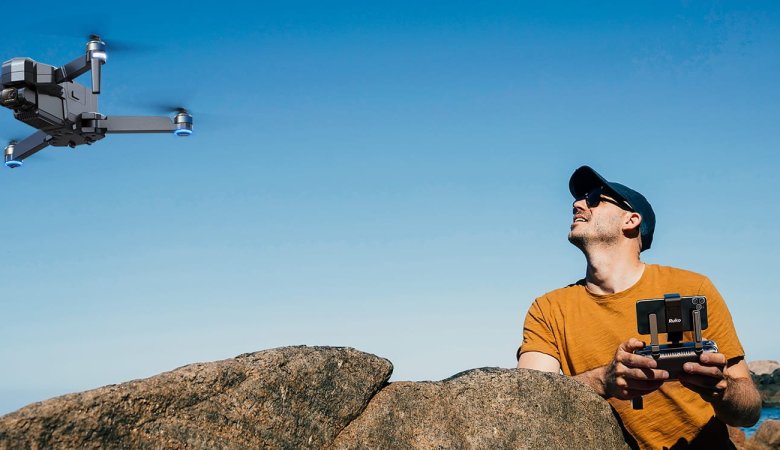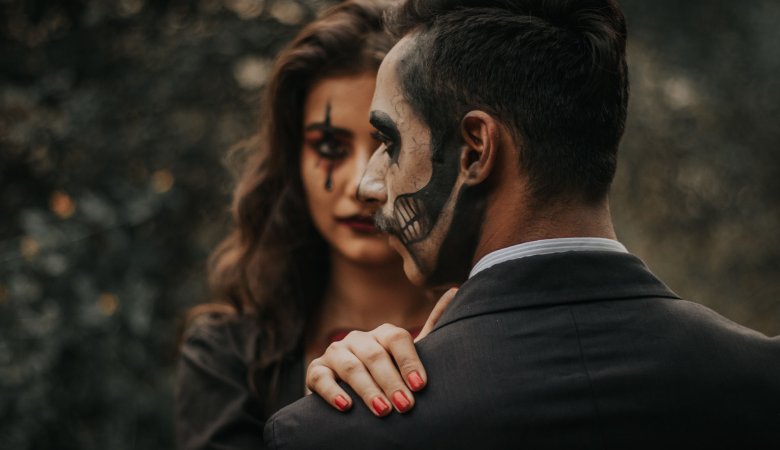Do you want to master the art of photography? If yes, then you must spend sufficient hours mastering the tips and techniques on how to shoot precisely.
As a matter of fact, you require a sufficient amount of practice and dedicated time to master the strokes.
Here are 7 best practices you can incorporate to become a pro at portrait photography.
How to Shoot Portrait Photography
1. Focus on The Facial Features of The Subject
As a matter of fact, eyes do most of the talking. Therefore, focusing on the eyes of the subject helps you get pictures done with the exact amount of precision. Again, it is the subject’s eyes that capture the cute expressions too. Therefore, you must develop the portraits in such a way that you capture the subject’s eyes with his/her facial features correctly. Here, you can blur the atmosphere or the neighboring surroundings to get picture-perfect portraits of the subject alone.
2. Use Indirect Light While Shooting Portrait Photographs
Nothing ruins a portrait more than the subject while he/she is gazing into a direct form of sunlight. Therefore, you must use indirect light sources to capture the subject in a beautiful and encompassing manner. Say, for instance, when you ask the subject to enter the room, you can allow him to stand near a window or too. This way, you can take maximum advantage of the natural sunlight that falls on the subject.
And, although it is a bright light, it is not the direct light that falls upon him/her. This way, the portrait photographs can be captured brighter, and the subject’s best features can be visible enough for the audience. Similarly, in the case of dimmer light, you can get hands-on with some of the exciting fall colors photography tips to take portraits compellingly.
3. Keeping the Eye Levels of The Subject Correct
In case you want to get perfectly poised portraits, then you must focus the subject at his/her eye level. When you keep the camera’s focus points above the subject, it can blur the overall image of the subject. On the other hand, when you focus below the eye level of the subject, you may not get the angles right.
Therefore here, the thumb rule is that you must focus the camera exactly at the eye level of the subject so that you can capture his or her portraits accurately.
4. Practice with Someone a Little More Experienced
Are you a first-timer in portrait photography? Then, it is always better to practice your moves and strokes with someone who is well-experienced in the art of photography. This way, you would understand the tips and tricks of getting acquainted with high-end photography, after all.
At the same time, you can always ask him or her on a feedback session once you have taken a fleet of photographs concentrating on the subject. For example, once you have taken plant-based pictures, then you can get feedback as to whether the photos came out well or not. This way, you can look for ample opportunities to learn something new!
5. Your Settings Must Be Taken into Consideration
Taking your settings into a comfortable pedestal is something you can seriously work on. This way, you can take candid pictures effortlessly and flawlessly. For you to become a pro at portrait photography, you must consider the visual interest instead of over-focusing on the subject.
So, for instance, you can take pictures of natural surroundings. This way, you have the subject done in a spread-over manner. Similarly, you can take pictures of the subject doing his/her daily set of activities instead of making them stand in front of a DSLR camera. In a nutshell, taking pictures naturally adds to a more visual interest rather than making the subject feel over-conscious of themselves standing in front of a camera.
6. Working on Your Background
For you to work on picture-perfect photographs, the background must be made a little blurry. This is mainly because you want the sharp features of the subject to fall on your portraits and not the props that are present in the background. Therefore, it is necessary that the background must be made softer.
For you to do this, you must adjust the aperture settings of your DSLR. The wider the aperture is, the shallower the depth of the field is. This way, you can focus on the subject using a better degree of clarity. For an increased spectrum of light, you must adjust the shutter speed of the camera you have on hand.
7. Having Hands-On Experience with a Variety of Lenses
For you to have more professional expertise concerning portrait photography, it is ideal that you practice your strokes using a different variety of lenses. Using 50 mm lenses is great for portraits. However, you can try hands-on with a wider variety of lenses to capture the nuances of photo-taking better.
However, when you use telephoto lenses, you get a wider contrast between your subject vis-a-vis the background. This variety of lenses also helps you take close-up shots better, and you can do so without getting too close to the subject. Similarly, you can avoid wide-angle lenses as they tend to exaggerate the overall features of the subject by making the portraits blurry near the edge of the frame.
Conclusion
All in all, we have covered 7 comprehensive tips and techniques for excelling in portrait photography over a shorter period.
You must also invest in the right type of camera by having an expert opinion with a professional photographer.
So, which is the technique you feel is apt for you to get away with right now?







Leave a Reply